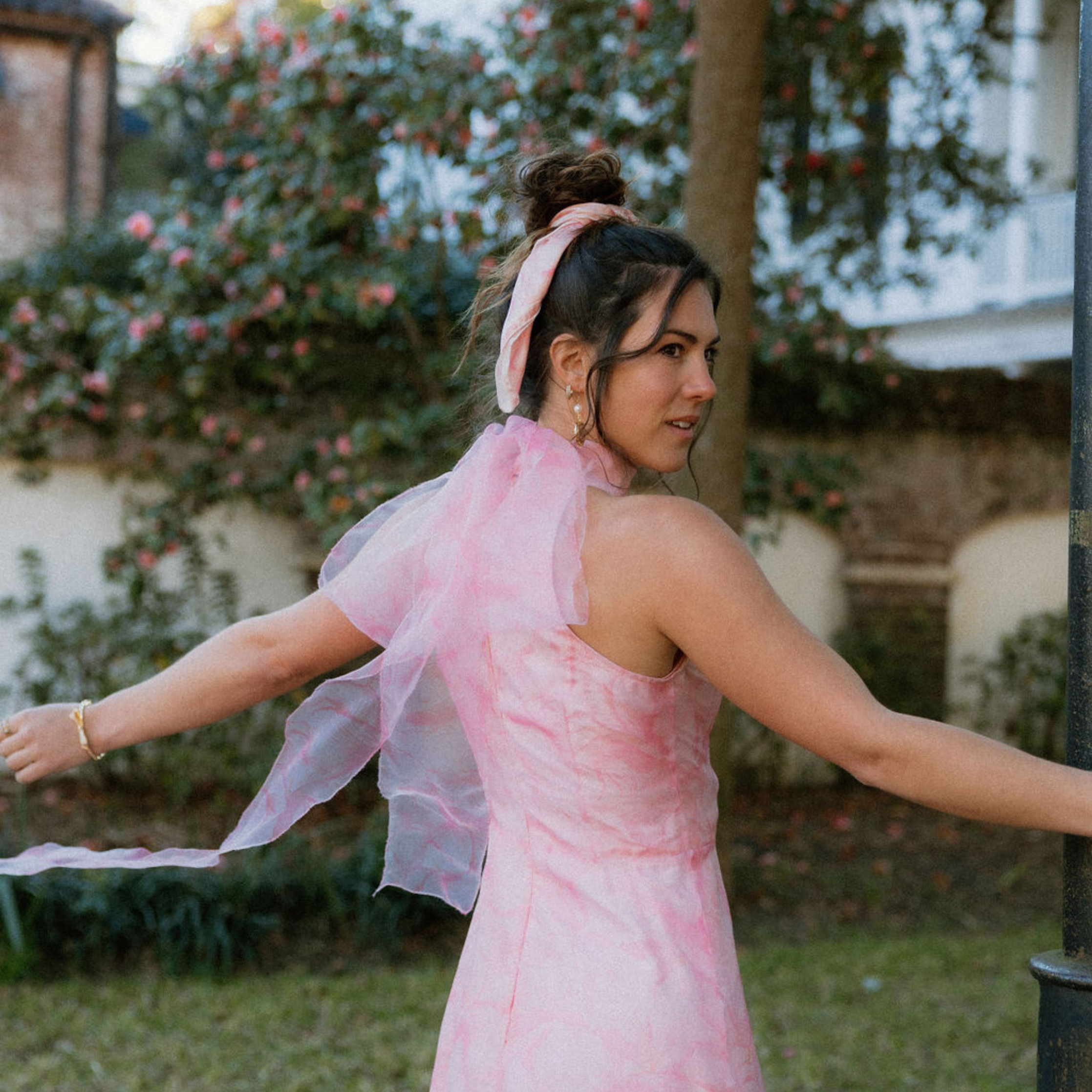Why You Should Get Your Clothes Tailored, and How to Get Started with a Tailor

A few weeks ago I talked about how to make your outfit look more expensive, and I mentioned tailoring as a way to elevate your look. So in this blog, I am going to expand on this topic and discuss 1. Why to Tailor your clothes, 2. How to Find a Good Tailor 3. What Clothes to Tailor and What Areas to Target because I have received a couple of questions around the topic.
If you have never been to a tailor, no worries. Going to the tailor can be intimidating, which is why I am sharing this information with you. Tailoring your clothes is very manageable. It’s just intimidating because you are mixing yourself with a new community- the sewing community!
Knowing about tailoring and utilizing one makes you a smarter shopper, it lets you get more life out of your clothing and obviously a better fitting wardrobe. We so often go shopping and say, "Nothing fits me right!". This is because manufacturers and designers are using one generic pattern and sizing up and down on that pattern. We can’t expect to fit into a standard size. I’m going to talk about how we can fix this. :)
- Why to Tailor Your Clothes
Fit is the most important aspect of styling. If it isn’t the right fit, nothing else matters. Wearing clothes that fit will actually make you look taller and thinner. The reality is that most clothes are mass manufactured (unless you’re shopping at Emily Westenberger the Label!), so they are designed to fit the average person, but what does average really mean? None of us are built the same, so likely you will need alterations.
Tailoring clothes is a massive confidence booster. It changes the way you carry yourself, and the way you walk into a room. You put off an aurora of power when your clothes fit.
You are taking something that exists already and elevating it. You can take an ordinary outfit that everyone else is wearing and tailor it to make it look like it was made specifically for you.
- How to Find a Good Tailor
I often hear questions like: How do I find a good tailor? How much should I pay them? How do I know if I can Trust Them? First things first, I would suggest finding a good tailor through word-of-mouth or doing some research by asking high end boutiques where they refer customers.
Otherwise, I would go onto Yelp and search clothing alterations near you. Pay attention to the reviews. Make sure they have at least a few good reviews. Also look at who is writing them. If you are female, make sure there are plenty of good reviews from females and vice versa if you are male. Pick a location that is close to your workplace or home, so you aren’t making alterations a huge inconvenience for yourself.
Once you identify 1 or 2, call and ask them: Can you hem my jeans and keep the original hem? If they don’t know what you are talking about or say they can’t do it, then try another tailor. There are a few way to hem jeans, you can: 1. Remove the hem and do a blind hem, this is amateur. You can 2. Stitch a fake hem after creating a blind hem, this looks better but not the best. The best way to do this is to 3. Keep the original hem, which looks way better. Any good tailor will know that. If they can do that, then congrats, you’ve likely found a good tailor.
You may have to make an appointment with them. At your appointment, they will pin you up in the garment you want altered. Don’t forget to bring your go-to shoes to make sure you are happy with the length. Don’t be afraid to let them know if you don’t like the way it is pinned. When you pick it up, make sure you try on the garment. If it’s messy or loose tailoring, then move on. A hem shouldn’t cost a lot, so it shouldn’t be too much of a hit to your bank account. The next thing you can try with a tailor if they are good is taking in something like a button up shirt. It’s a little more difficult, but a good tailor should be able to fix it.
Pro Tip: If you are building your wardrobe and you have a budget, set aside 8% for alterations.
- What Clothes to Tailor and the Areas to Target
It’s always harder to let a garment out then bring it in, so make sure that a garment fits your widest part and then have the tailor bring it in where you need. For example if you’re busty, avoid sizing down to make something fit your waistline. Instead, focus on choosing a size that fits your bust. The same goes for the widest part of your hips. Make sure trousers fit at your widest part, so it is easier for the tailor to work with.
Blouses, blazer, and tops.
If there are gaps around your waist, a tailor can put in darts. They can also let them out if a garment is too tight. The darts in front should come from the center of your bust and taper to your waist. Darts in the back usually start underneath your shoulder blades and also go down to the waist. This pulls some excess fabric out and gives you shape. For some designs, this alteration won't work. It depends on the style and fabric. A stretchy fabric may not work with darts. This is a conversation you can have with your tailor.
If the shoulder seam needs to hit on the edge of your shoulder. If it comes too far (unless it is part of the design), you can have the seam let out or take it up if it is too far down. Shoulders can sometimes be pricier to fix.
Armholes can be adjusted. This is important if you are wearing something strappy. If you shorten a strap, you may need to drop the armhole.
Zippers can be added if something is difficult to get into.
Holes can be patched. Now, a tailor can’t bring a hole together. That will likely alter the fit. They should be able to patch it though. Especially if it’s a garment you absolutely love.
Trousers and Jeans
Your pants and jeans are one of the more common items to tailor. One of the first things you can think about is belt loops on trousers. If you don’t need them, you can have them removed. They can create busy-ness around the waist.
Also, if the outline of your pockets is showing through your trousers, you can have that removed. You can also have pleats removed. If you don’t like the way it looks on you- maybe it’s too much fabric- you can absolutely take that to a tailor to see what they can do.
Pants should fit nicely through the hips and be hemmed to your shoe height. Even if it is just a ½ inch. It’s worth it. Keep in mind, the wider the skirt or longer the hem in other words, the more it will cost. For both skirts and pants, you should hem them to a point where your legs taper. This may depend on the style but in general for leaner legs, have your tailor hem the pants so there is a slight break in the front hem between your foot and the hem. I like my pants hemmed right above my ankle at the skinniest point of my leg. The back hem should usually be about 1/2 inch from the floor. These are general tips, and like I said, they ultimately depend on the garment.
Comment below if you’d like me to do more videos/blogs on tailoring, and let me know if you have any questions or specific topics you’d like me to cover. Subscribe to my channel and click the bell to get notified when I upload new videos every Friday! don't forget to check out my collections here :) Thanks for watching and have a great day!
Watch the full YouTube video here:
What to watch next?
Watch this video on How to Make Your Clothes Look More Expensive here.
Watch this video on How to Choose Fashion Fabrics here.
Watch this video on How to Make a Mood Board here.
Follow me on:





